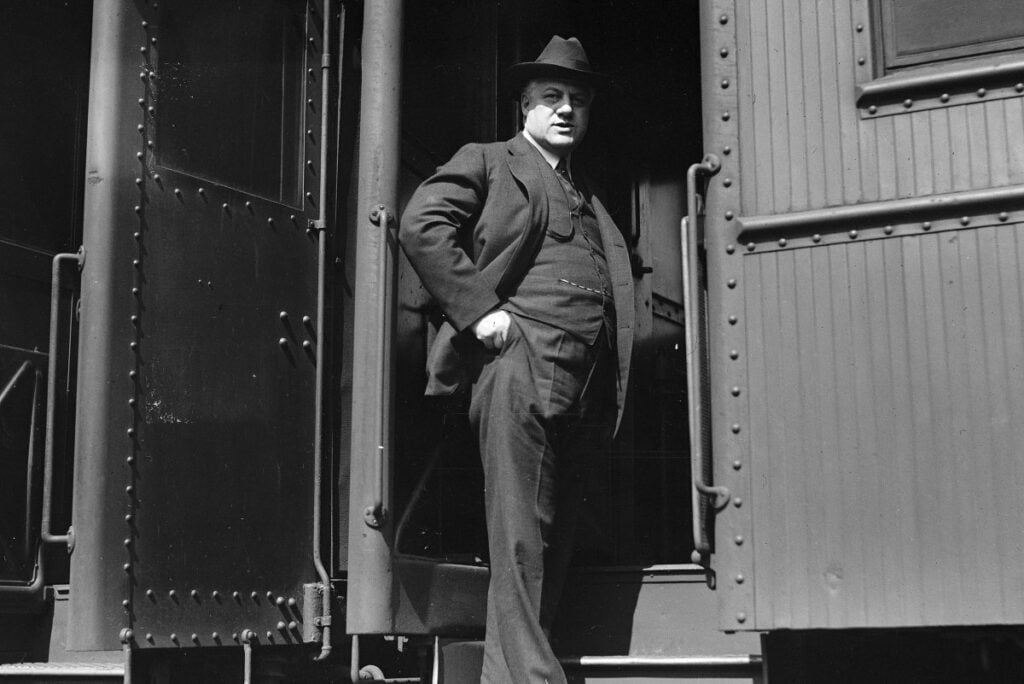The Red Scare is often used to illustrate how unfounded fears can compromise civil liberties. How did the scare stir up such unimaginable acts that were posed as protecting the national interest?
In the years leading to the First World War, the US government organized violent law-enforcement raids against foreign leftist radicals and anarchists in 1919. It was a response to several anarchist bombings targeting significant Americans.
Anarchist Bombings
The US was on high alert following the Russian Revolution of 1917. Vladimir Lenin and his Bolsheviks overthrew the Romanov dynasty, making way for the rise of Communist ideology. At this time, the US was in the state of the Red Scare, seeing that the rising labor strikes happening in the country were due to immigrants who wanted to overthrow the American government.
This paranoia led to the creation of the 1918 Sedition Act, which targeted people who criticized the government, monitoring radicals and labor union leaders with the threat of deportation. And soon, the fear turned to violence.
In 1919, a series of bombings occurred, targeting government and law officials. The first bomb was delivered to US Senator Thomas Harwick in Georgia. The package bomb exploded as Harwick’s maid opened it, though Harwick, his wife, and the maid survived.
The second bomb was received in the office of Seattle mayor Ole Hanson who was lucky because the mail bomb did not explode. Days later, a postal worker named Charles Caplan read about Harwick’s bombing and the description of the package bomb.
He soon realized that 36 packages he handled days prior were package bombs. The bombs were addressed to notable citizens like Oliver Wendell Holmes, John D. Rockefeller, and JP Morgan. Luckily he was able to intercept it and canceled its delivery.
Bombings continued, killing two people in the home of Judge Charles Cooper Nott, Jr. in New York. A bomb was delivered to Attorney General A. Mitchell Palmer on the same day. The bomb exploded but only killed its deliverer, the anarchist Carlo Valdinoci. (Source: History)
The Palmer Raids
In response to the bombings, Palmer created a special division of the Bureau of Investigation. The division was in charge of collating all information on leftist radicals. Palmer assigned J. Edgar Hoover, a justice department lawyer, to oversee the division. Hoover coordinated intelligence from different sources to identify violent extremists. (Source: History)
Based on the information Hoover gathered and analyzed led to raids and mass arrests under the Sedition Act. This was soon known as the Palmer Raids as Attorney General Palmer directly supported Hoover’s actions.
On November 7, 1919, the first series of raids were launched. About 200 radicals were arrested. This was soon followed by the arrest and deportation of Russian-born anarchist Emma Goldman on December 8, 1919. And on January 2, 1920, a total of 3,000 reds were arrested nationwide. Reds were those they believed to have an association with the new USSR. (Source: Library of Congress)
The raids, and Palmer, eventually faced criticism because it caused many innocent people to be punished and even deported. With the help of Assistant Secretary of Labor Louis F. Post, it was made known that over 1,500 deportations were invalid, further questioning Palmer’s methodology and irrational approach to the Red Scare. (Source: History)
